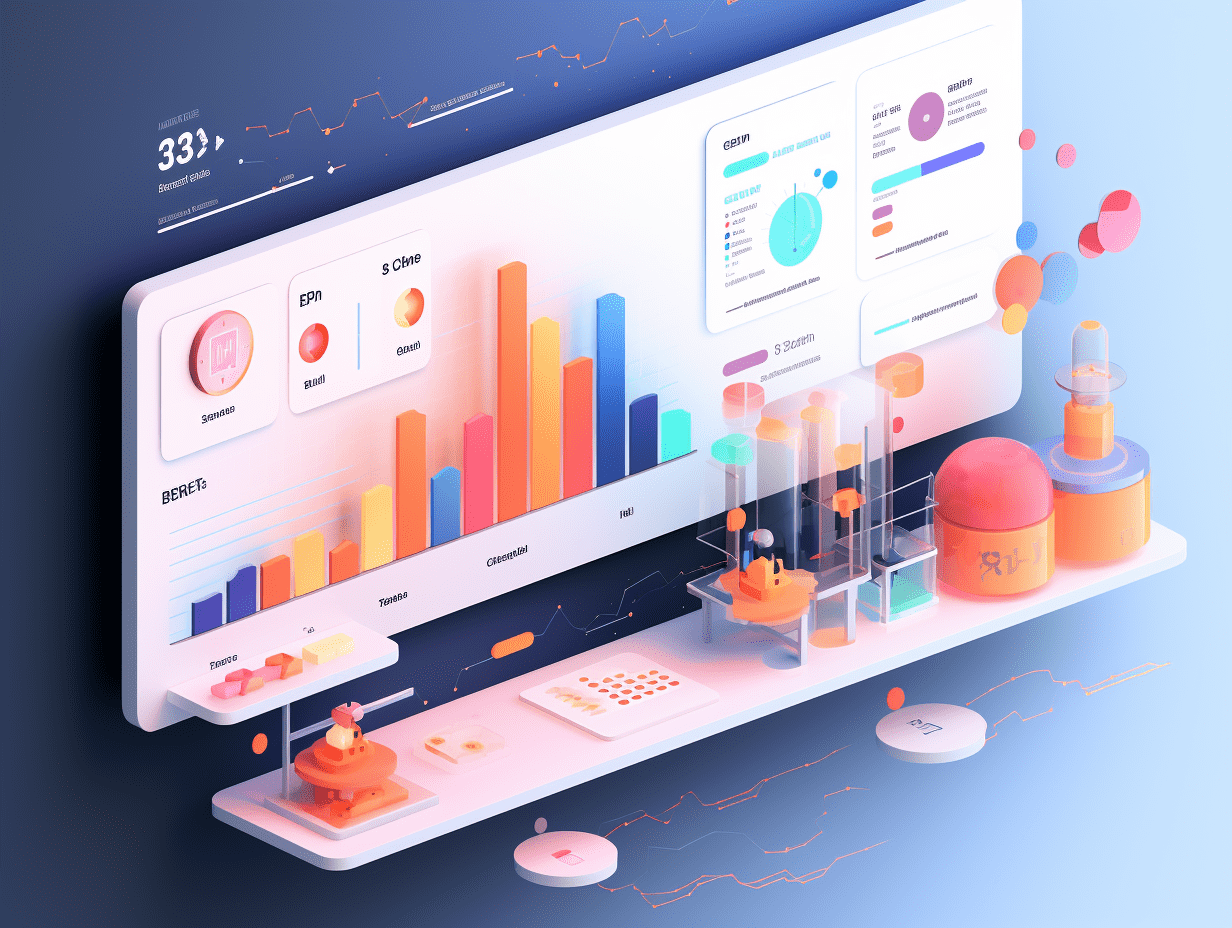Goldman Sachs backs AI boom as not coming to an end: Comparable to the technology cycle of 1997, not the peak of the Internet bubble.
Goldman Sachs stated that there is still room for advancement in the artificial intelligence investment cycle. The recent surge in AI spending and valuations is likened to the early stages of the technology boom in the late 1990s, rather than a speculative peak.
Goldman Sachs stated that there is still room for advancement in the artificial intelligence investment cycle, comparing the current surge in AI spending and valuations to the early stages of the late 1990s tech boom, rather than a speculative peak.
In a new report, the bank pointed out that "by multiple measures, the AI-related enthusiasm today is more similar to the tech boom of 1997-1998, rather than the state of 1999 or 2000." That period marked the construction phase of the internet era, with advancements in productivity and infrastructure starting to show, but without the formation of excessive speculation in the market.
Goldman Sachs cautioned that high returns on capital are not guaranteed, but stated that as long as there are no external shocks or funding constraints to disrupt the momentum, the current trend indicates that "there is still plenty of room for the AI investment boom to continue."
This analysis implies that as businesses heavily invest in data centers, semiconductors, and model training infrastructure, the expansion phase of AI may persist. The bank's statement reinforces a viewpoint that AI is still in the building phase, similar to the years leading up to the dot-com bubble frenzy, when long-term productivity increases were just beginning to emerge.
Eric Sheridan, head of technology, media, and telecommunications research at Goldman Sachs, also pointed out that the valuations of today's public companies are still based on free cash flow, return on capital, and profit margins, in stark contrast to the situation in 1999, when companies without revenue were receiving the highest valuations.
He noted that most tech giants today are able to generate significant free cash flow and engage in stock buybacks and dividends, which was "almost unheard of" in 1999. Additionally, current capital market activity is much lower than during historical bubble periods, with the IPO market being "more selective".
Goldman Sachs' comparison of the current situation to the years before the dot-com bubble has enhanced market optimism towards AI-related stocks and infrastructure investments. The bank's viewpoint is likely to boost market confidence in chip manufacturers, cloud service providers, and data center developers, who are considered the core of the current investment wave.
Furthermore, regarding the recent approximately 5% pullback in the US stocks, Goldman Sachs pointed out that this is a typical end-of-year seasonal fluctuation in the AI cycle and not an abnormal signal of the end of the uptrend.
According to Goldman Sachs fixed income, currency, and commodity trader Shreeti Kapa, a 5% decline at this time of year is a normal occurrence in this cycle. She believes that despite a strong rebound since the April low, the market overall is "not excessive".
Kapa's optimistic view is based on favorable seasonal factors at the end of the year, and she expects the market to have 5-10% upside potential before the year-end, accompanied by broad market participation. She pointed out that many institutional investors are skeptical about the future market direction, believing that this year's market peak has already occurred and attempting to adjust their positions accordingly, but this widespread cautious sentiment may actually create the possibility for the index to "significantly rise" in the remaining 35 trading days of this year.
Kapa stated that the core logic supporting the market's continued rise before the year-end is based on the judgment that the artificial intelligence revolution is still in its early stages. She believes that institutional investors have not fully allocated their positions to the AI theme yet. Additionally, she anticipates that fund flows will become favorable before the year-end, and the market expects the Federal Reserve's monetary policy next year to be more dovish than last year.
Related Articles

UNITEDENERGY GP (00467) intends to conduct an international issuance of US dollar-denominated preferred notes.

NETDRAGON (00777) repurchased 100,000 shares at a cost of 1.1886 million Hong Kong dollars on November 10th.

CHYY GP (08128) spent HKD 40,000 to repurchase 1 million shares on November 10th.
UNITEDENERGY GP (00467) intends to conduct an international issuance of US dollar-denominated preferred notes.

NETDRAGON (00777) repurchased 100,000 shares at a cost of 1.1886 million Hong Kong dollars on November 10th.

CHYY GP (08128) spent HKD 40,000 to repurchase 1 million shares on November 10th.

RECOMMEND

Short Positions on Xiaomi (01810.HK) Surge 53% in a Week as Memory Price Spike Weighs on Sentiment
07/11/2025

Privatization Wave in Hong Kong Stocks: Exiting Liquidity Traps to Enable Strategic Transformation
07/11/2025

Over 30 Foreign Firms Attend Roundtable as Ministry of Commerce Signals Multiple Policy Shifts
07/11/2025


